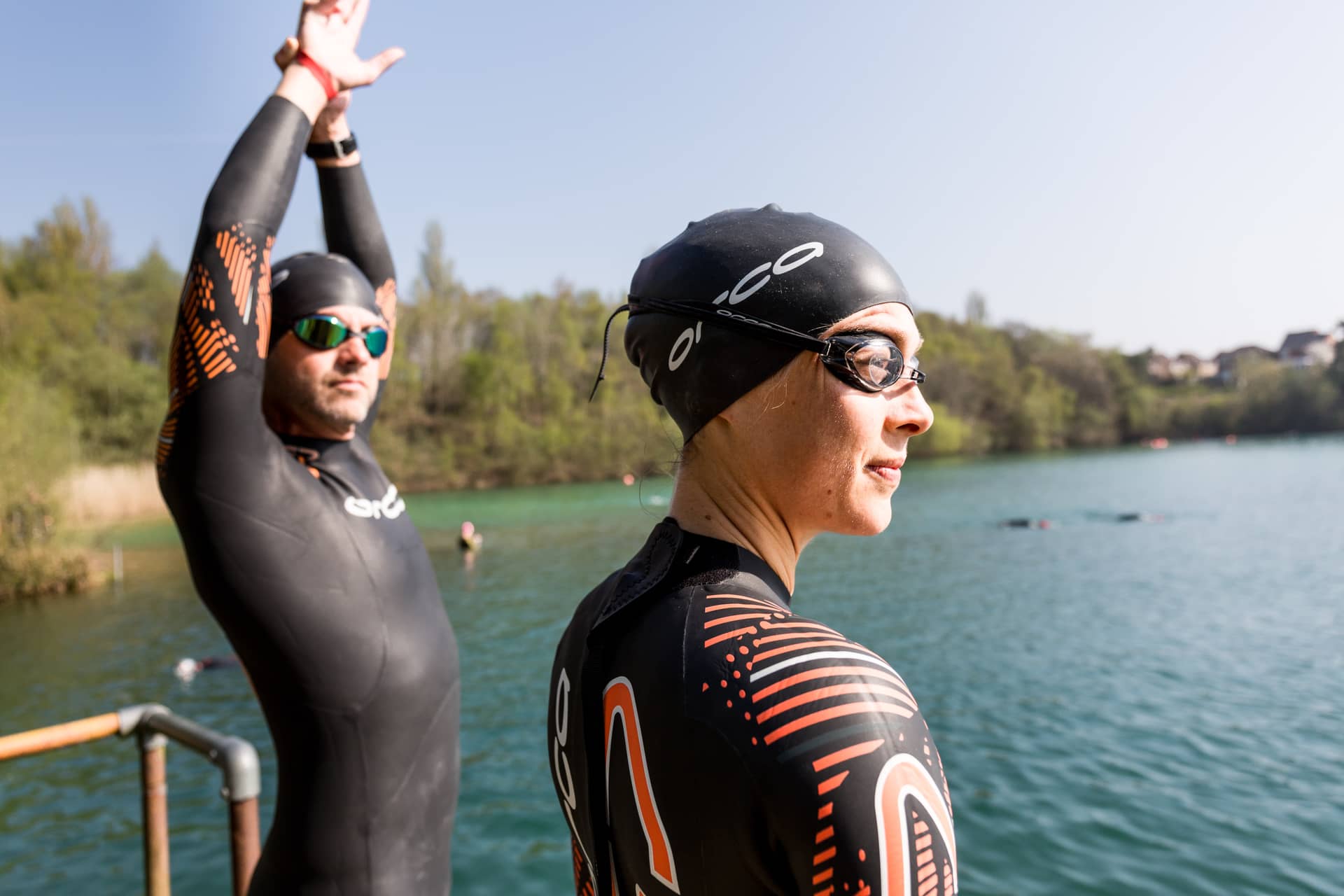The Athletic Aesthetic

“There’s an athlete in every body”
I used to roll my eyes at quotes like this. I’d been immersed in the sports world long enough to know that everyone expected real athletes to look a certain way. Papers, magazines and the internet all portrayed the 'ideal' distance-runner body to be a lighter and leaner version of my own, with very little coverage of those performing well in other sizes.
Still, my self-rated larger-than-average-distance-runner-body seemed to be serving me well. I barely batted an eyelid when my first set of GB kit arrived and I couldn’t pull the size small shorts past my shins, or when race commentators described me as 'strong', or 'someone to shield behind'. That same strength was what kept me pushing hard in training and keeping up with the guys. That strength kept me happy, healthy and consistently injury free.
As I progressed to the senior level, I soon lost sight of that perceived strength advantage. I had come to learn about power-to-weight ratios, duly demonstrated by those striding past me in the races I wanted to be winning. I didn't stop to consider the years of training and development that had gradually shaped the body composition of the competitors who were older than me. I honed in on one thing only: they were lighter and they were faster.
So, I did what I thought I needed to. I dialled up my training and adopted a ‘clean’ approach to eating. Meanwhile, more training, more discipline and more sacrifices seemed to equal more progress, satisfaction and praise. But I wasn’t naive; I understood the basics of nutrition, the concept of periodisation, and the importance of rest, yet as this new approach drew me closer to my warped goal of reaching the distance runner aesthetic, I failed to recognise that I was heading down a one way street.
Little by little, more was becoming less. Less strength, less enjoyment, less success - and I didn’t see it coming.
I had spiralled into a chronic energy deficit (REDs), where my whole body, from my metabolism to my reproductive system, had started slowing down, closely followed by my legs and my running times. Those I looked to for guidance and support were praising my ‘dedication’, leaving me unable to see that the downward trend in my performance was self-inflicted. I finally believed I was doing what I thought all elite athletes did, so why wasn’t I reaping the rewards?
I've been on a journey since then - one that has overhauled my perspective on life and health in a way that only happens when it takes you to unpleasant places.
It took me years to let go of the need to look and act like an elite athlete - whatever that means, but the moment I did, I let myself become one.
I've come to realise there really is an athlete in every body, and now I urge you to get to know yours better. Instead of fighting against your body, devote your energy and focus to learning what your unique form and physiology can do for you.
The sooner you can learn how to harness the tools you were born with, the sooner you can become unstoppable.
By Pippa Woolven Project REDs Founder